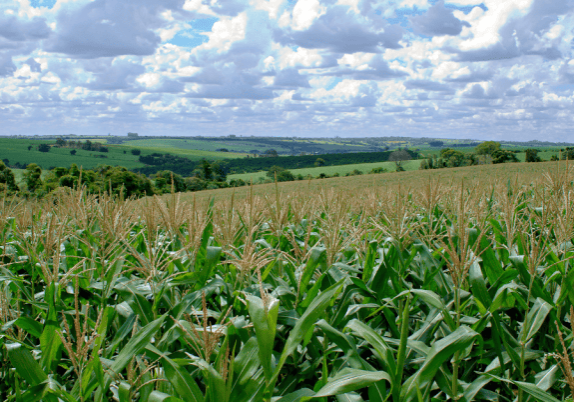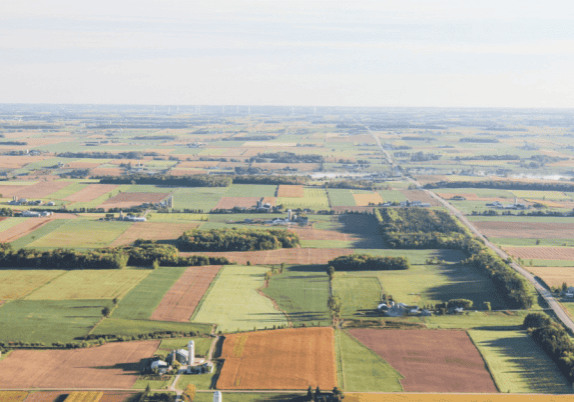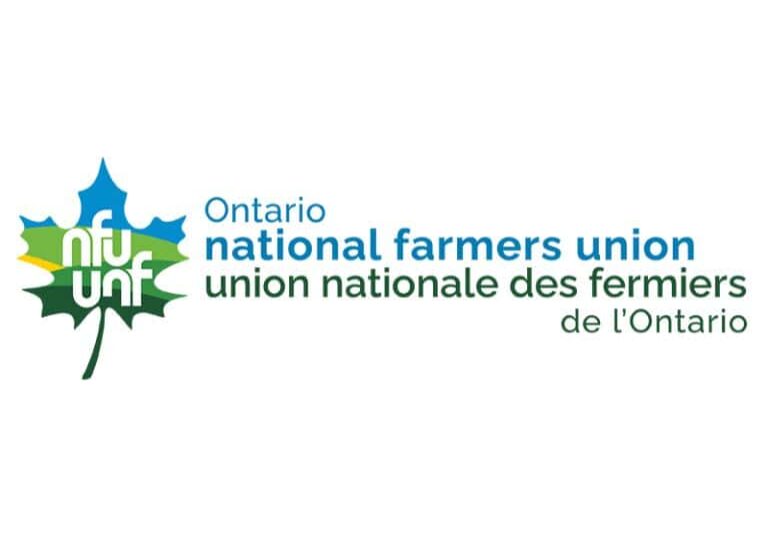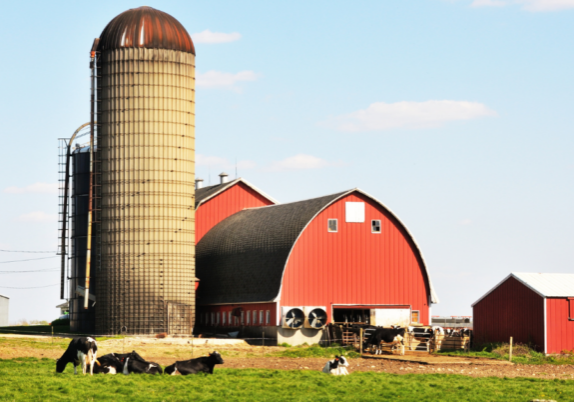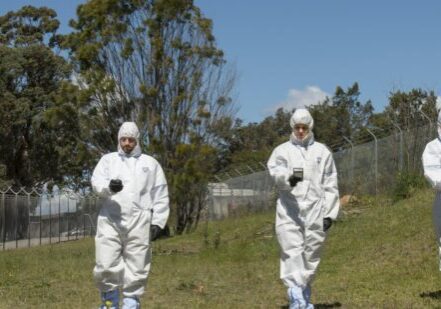Submission to the Provincial Policy Statement Review
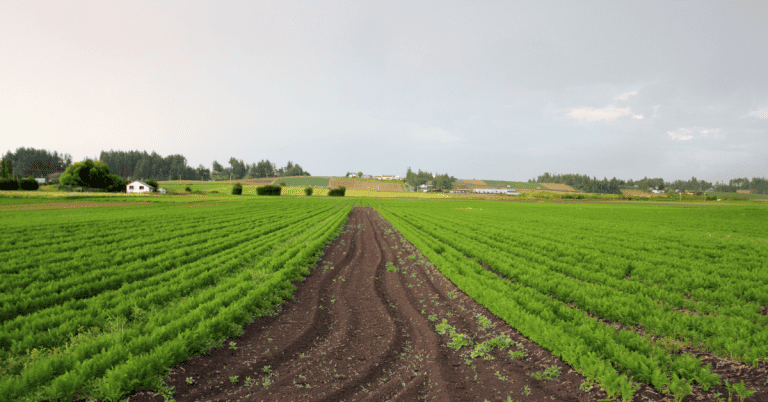
The National Farmers Union – Ontario (NFU-O) is an accredited farm organization representing thousands of sustainable family farmers in Ontario and has advocated for farm families across Ontario and Canada since 1969. Members work together to achieve agricultural policies that ensure dignity and income security for farm families while protecting and enhancing rural environments for future generations. The NFU-O collaborates locally, nationally, and internationally to research, educate and share effective solutions that lead to a better world for farm families and their local communities.
The NFU-O welcomes the opportunity to comment on the proposed changes to the Provincial Policy Statement. Provincial and municipal land use policies and decisions have a direct impact on the economic, social, and environmental sustainability on Ontario farms and across the province. The policies laid out in the Provincial Policy Statement impact farmers and rural communities on a daily basis.
Along with protecting farmland, land use policies in Ontario, including those laid out in the PPS, need to support opportunities for farmers to survive and thrive, including creating opportunities for farmers to sell farm produce, including on-farm processed food, direct to consumers and to be part of locally-based, small-scale food processing and distribution channels. Strong, local food systems enable farmers to retain a larger portion of the food dollar and provide jobs.
1 ) Impacts of a changing climate
The NFU-O fully supports the recognition of and need for addressing the impacts of a changing climate when managing land use.
2 )Agriculture systems requirement
Agriculture is a significant contributor to Ontario’s economy. According to the most recent census statistics, agriculture and agri-food employment is 11 per cent of the total employment rate and contributes approximately $39 billion to the province’s annual GDP. Yet, farmland acreage decreased by 11 per cent from 1996 to 2016, and according to the Neptis Foundation, “Only 5% of the Canadian land mass is made up of prime [farm]land.” The more farmland lost to speculation and developers the less is available to existing and potentially new farmers. Prime farmland is not a renewable resource, and the language regarding the agriculture systems approach should be strengthened.
Recommendations:
– In policy 2.3.2, change language from “encouraged” to “shall.”
– Change the language in policy 2.3.6.2 from impacts on agricultural land being mitigated by being “informed by provincial guidelines” to match policy 1.1.3.8.e. where impacts are addressed “in accordance with provincial guidelines.”
3 ) Settlement boundary expansion within scope of MCR
The NFU-O supports the strengthening of language regarding avoiding prime farmland in 1.1.3.8.e, but we oppose allowing settlement boundary expansions to occur outside of a comprehensive review. The MCR happens every five years and with an increased planning horizon of 25 years, there should be no need to expand outside of the MCR. Allowing settlement area expansions outside of an MCR leaves municipalities open to pressure by developers and abandons long term planning for an ad hoc approach, undermining the PPS.
Recommendations:
– Remove proposed new policy 1.1.3.9 from the revised PPS.
– We support the Ontario Farmland Trust’s assertion that “boundary adjustments respond to a demonstrated need for growth and are data-driven. Furthermore, we recommend that an Agricultural Impact Assessment be mandatory for all settlement boundary adjustments to minimize any impact on the integrity of the Agricultural System.”
4 ) Prioritize farmland protection
The draft policies continue to assume that aggregate extraction can be an ‘interim use’ of land and that once the aggregate is removed the land can be rehabilitated back to the same agricultural condition. Farmers, who work land on a daily basis, know this is simply not true. The aggregates under the soil contribute to the ‘soil capability’ of the specific piece of land and increase the value of the land for growing crops.
As well, there is no fixed term to aggregates licences. They are open-ended, so that pits and quarries typically remain open for decades. Consequently, rehabilitation may not occur for many years if it ever occurs. The loss of food-producing lands and natural heritage features is long-term, if not permanent.
The science of rehabilitation is far from perfect. Removing huge quantities of rock and gravel results in permanent changes to hydrology and soils, and thus to the conditions which support particular crops and plant and animal life. Humans are simply unable to fully recover the agricultural and biodiversity values and ecological functions that are lost when aggregates extraction proceeds.
Rehabilitation must not be used to justify aggregates extraction in prime farmland and significant natural features. It is truly disingenuous to term aggregates extraction an ‘interim usage.’
Recommendations:
– Remove “extraction of minerals, petroleum resources and mineral aggregate resources” as an allowable usage on prime agricultural land in 3.6.1.a. and 2.4.4.1.
– Remove proposed new policy 2.5.2.2 which would allow aggregates extraction to override the protection of the significant and at-risk natural heritage features.
5 ) Intensification
Intensification must be prioritized over increasing settlement boundaries in order to promote the other priorities of the PPS including protecting prime farmland, specialty crop areas, and natural heritage features.
As well, we are concerned with the addition of “market demand” as a reason to expand settlement areas, which allows boundaries to be redefined based on a vague, undefined term and leaves farmland vulnerable to development.
Recommendation:
– Change “should” back to “shall” in Policies 1.1.3.6 and 1.1.3.7
– Remove language around market demand and market base: in 1.3.8.a. and 1.4.3.
6 ) MDS requirements
Minimum distance separation formulae are crucial in supporting farmers and non-farmers to live together compatibly and allow farmers to pursue agricultural activities without repercussions from their community. While it is indicated elsewhere in the PPS that the minimum distance separation formulae are to be used when expanding settlement areas, allowing new land uses, including the creation of lots, and new or expanding livestock facilities, it also needs to be retained in policy 2.3.6.1 to ensure that non-agricultural uses of farmland are implementing the MDS formulae.
Recommendation:
– Reinstate the minimum distance separation formulae in 2.3.6.1.
– It is imperative that any buffers required as part of the formulae be implemented on the land being developed as opposed to the adjacent farmland in order to not restrict farmland usage further.
7 ) Permeable surfaces and stormwater management
Green infrastructure, such as promotion of permeable surfaces (parking lots, roads, sidewalks that route stormwater into the ground, rather than into streets, sewers and creeks) and municipal wetlands, contributes to improved water quality, even during large storm events.
Recommendation:
– Proposed policy 1.1.j. should read, “…preparing for the regional and local impacts of a changing climate, including green infrastructure (promoting permeable surfaces and wetlands).”
– Add to policy 1.6.6.7 “(f) continue promoting the separation of combined stormwater overflow (CSO’s) systems into their proper sewage and stormwater components.”
Other
As wetlands are necessary for flood mitigation and water control, the NFU-O supports Ontario Nature’s recommendation to “Either remove proposed policy 2.1.10 or clearly state that the purpose is to maintain, restore and where possible enhance wetlands, and include clear requirements to:
– Achieve net gain in wetland area, quality and function;
– Set clear limits to offsetting, taking into account the type, location, vulnerability and irreplaceability of wetlands as well as their cultural significance to Indigenous peoples;
– Implement the mitigation hierarchy, which positions offsetting as a last resort after first avoiding and then minimizing negative impacts.”
The NFU-O also supports the CFFO and Ontario Farmland Trust’s recommendations that the Agricultural System be extended across Ontario and that the Agricultural Land Base Map be expanded province-wide. We also support the assertion that agricultural stakeholders must be involved in finalizing the AIA policy guidelines.
While outside of the scope of this consultation, we are disappointed that there is no corresponding inquiry or policy revision that addresses the continued rising cost of farmland, and by focusing on creating more housing, farmland prices are only going to be driven higher to the detriment of new farmers. If we continue to put pressure on agricultural land for development, we will irreversibly take farmland out of production, causing a direct threat to our food sovereignty.
